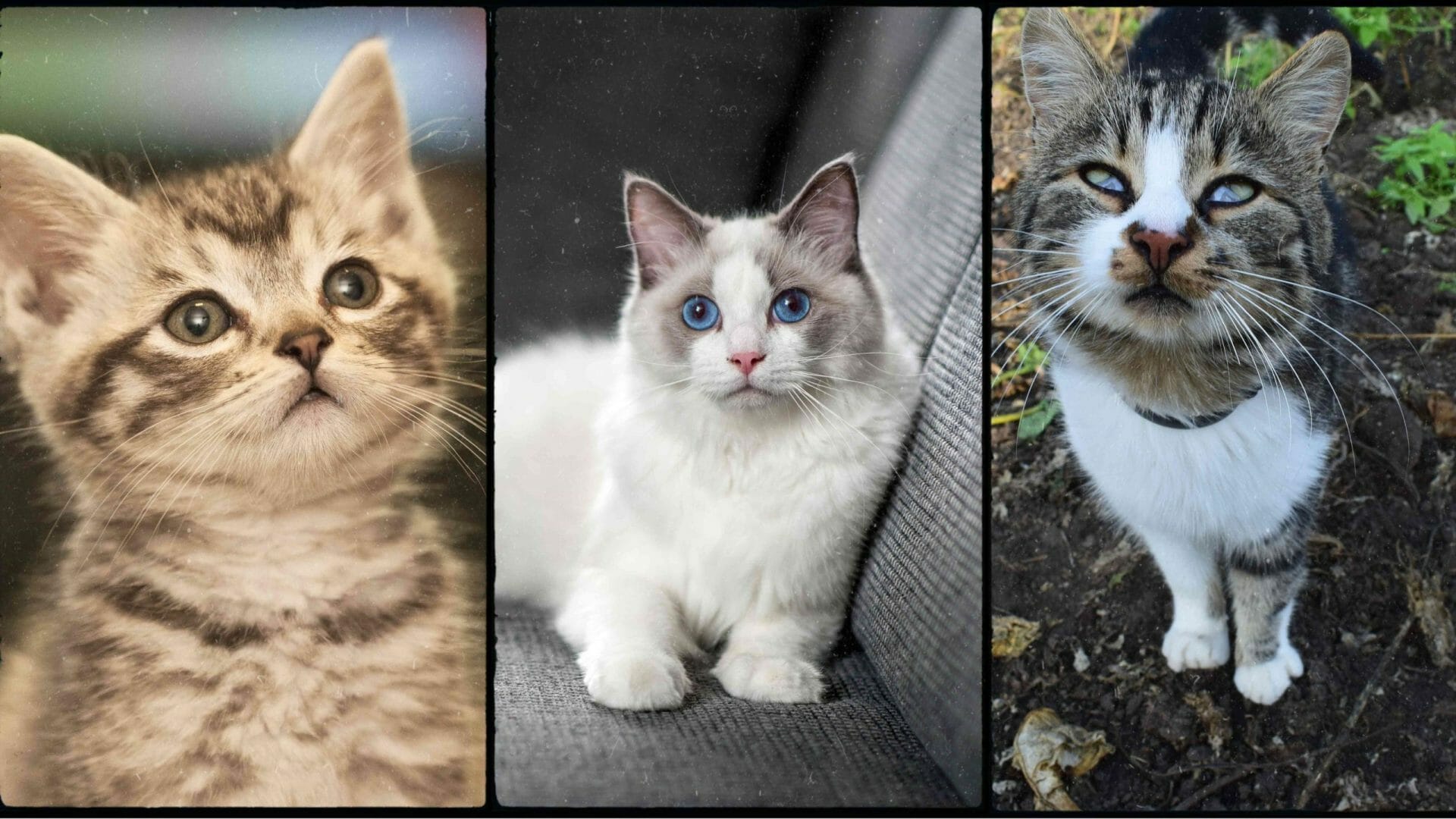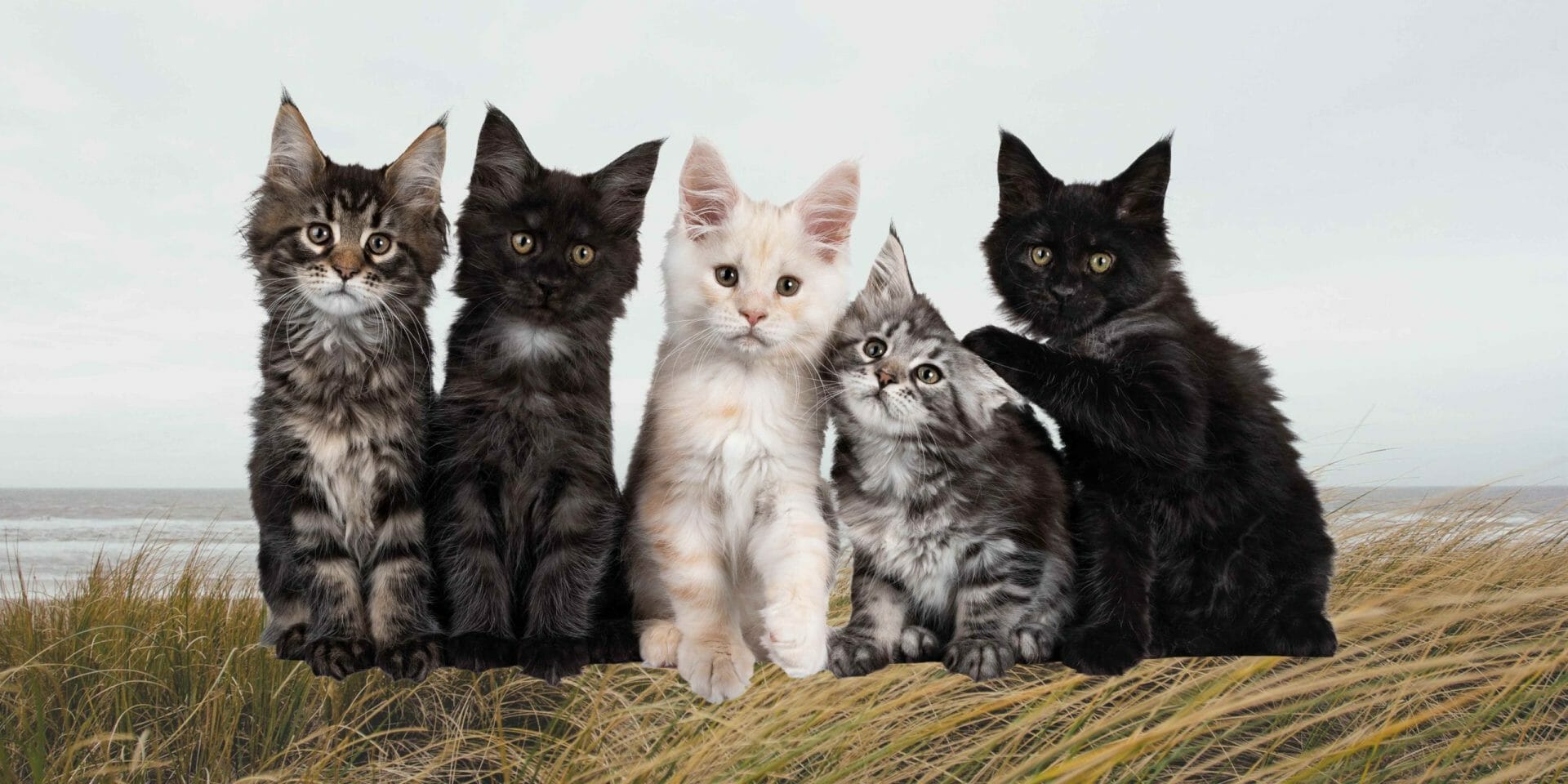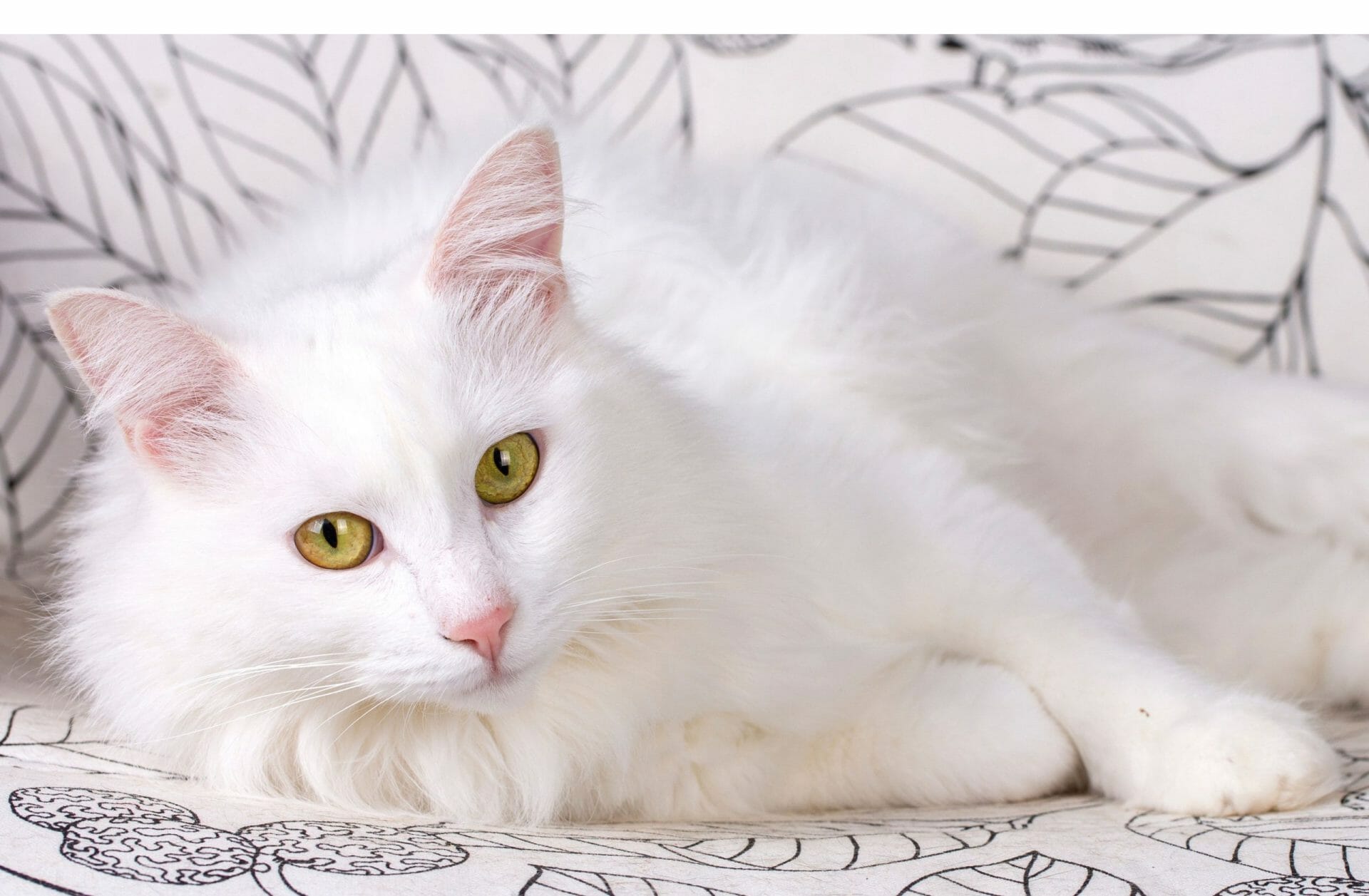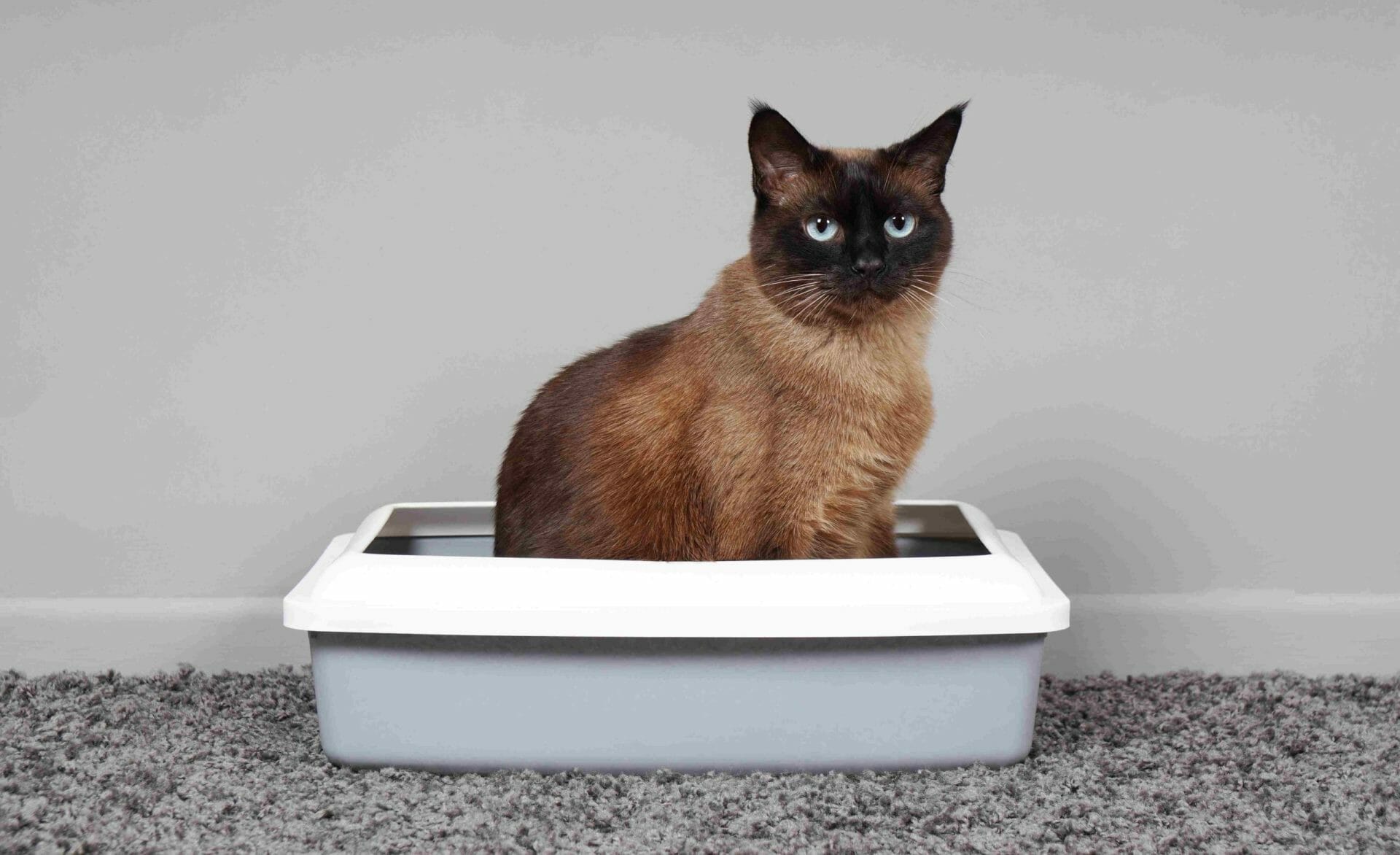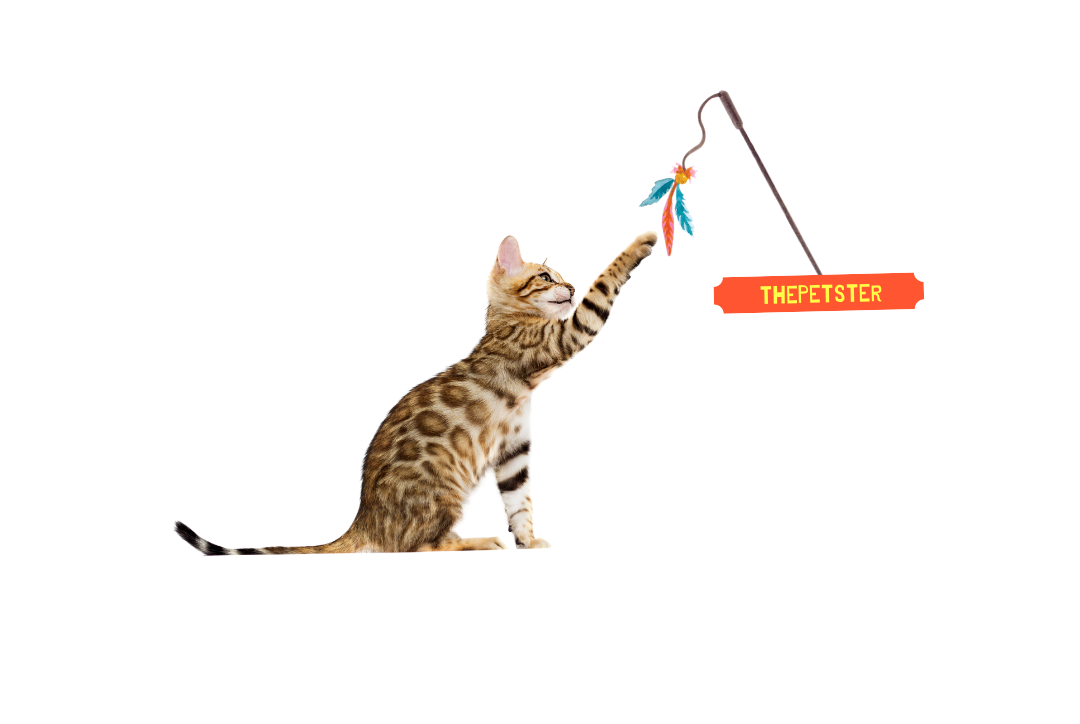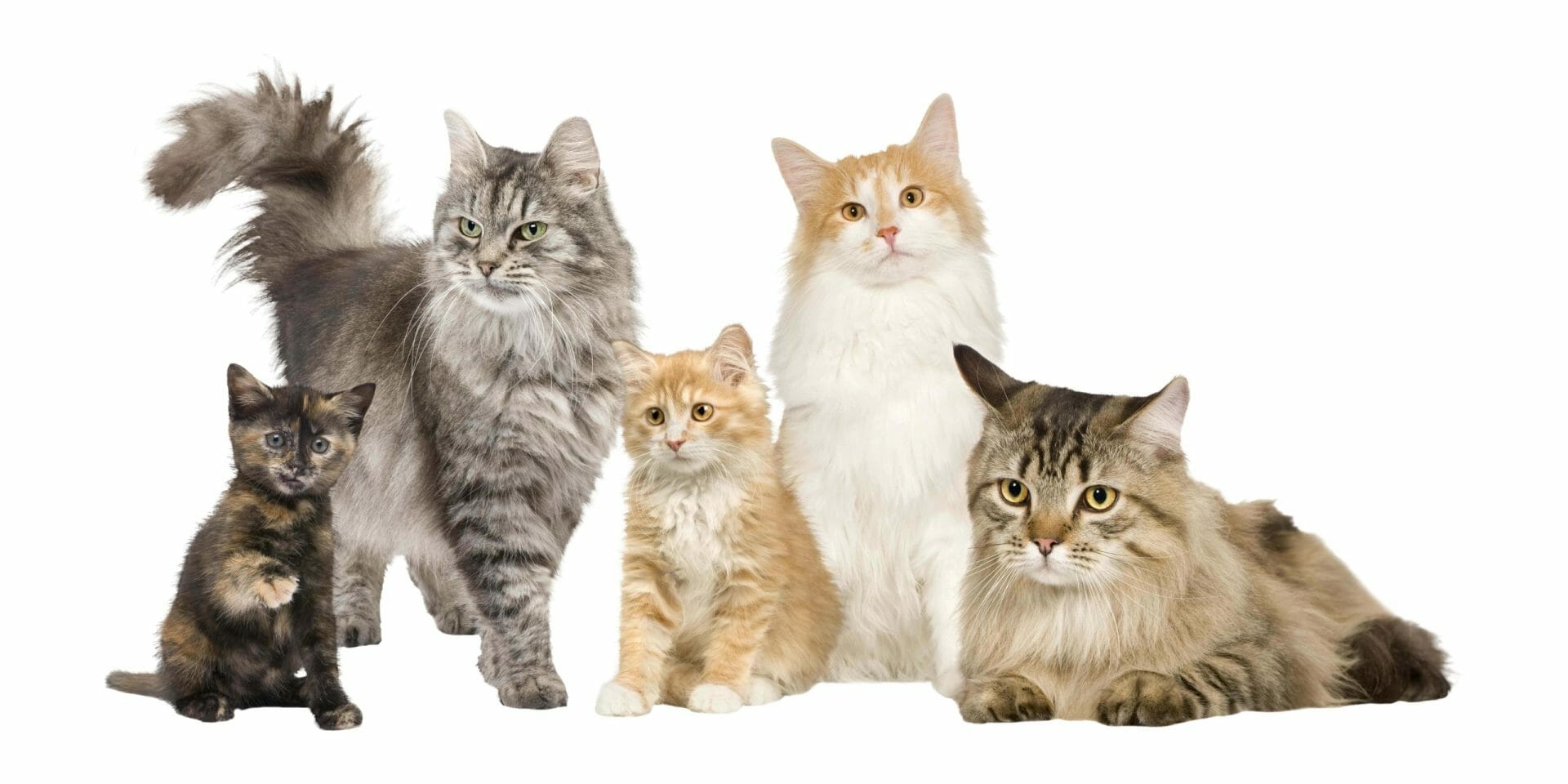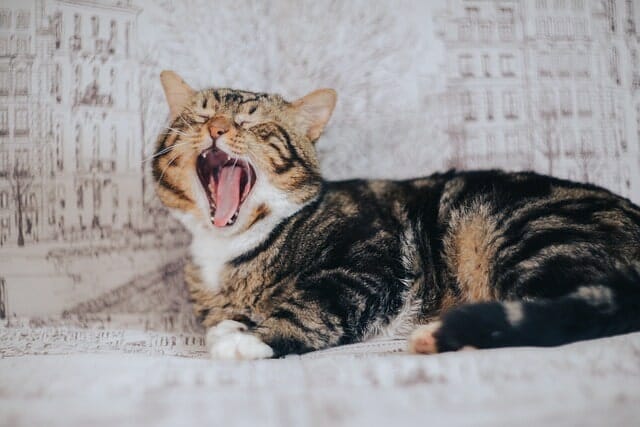What Colors Can Cats See? (Everything You Need To Know)
Cats see in color, yes, although popular belief dictates that cats see in black and white. Cats, like other mammals, see in color but do not show an affinity for one in particular. Colors neither reassure nor infuriate them nor do they have a favorite or hate them, they are simply colors although cats don’t see all of them such as red.
It is true that the contrast and the power of the colors that cats perceive are very slight, and this means that they do not perceive the difference in colors in great detail and that everything is somewhat “squashed” in their vision, with predominantly greenish and yellow. This has to do with a morphological, non-cerebral aspect, and that is that their eyes lack the red cone, which is a series of photosensitive cells in the retina that promote color vision.
Cat Night Vision
Cats also do not have a particularly daytime vision, but their strong point is night vision. Unlike us, they are able to see with great brightness spaces that have a fairly dim light. Spaces with non-existent light are equally tinted black for them, but when there is little light, their eyes are able to make the most of the image and clarify it to the maximum to find the details.
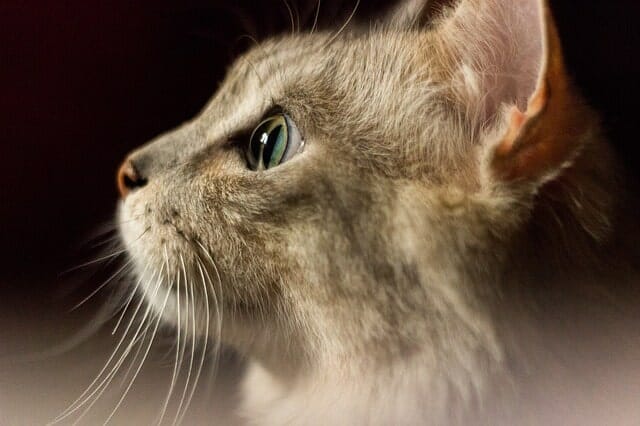
This condition is directly related to the fact that cats are great nocturnal hunters and need to see well to catch their prey off guard. In fact, cats are estimated to see six to eight times better in the dark than humans.
However, by day they look very bad, much worse than at night. This makes looking at a space in great detail almost impossible for them and they must be governed by other senses, such as hearing and smell, to orient themselves and perceive where their focus of interest is and get closer.
Large Eyes
If we compare the size of a human being and his eyes with that of cats, the result is that, comparatively, cats have considerably larger eyes than we do. If we take into account their body size and ours, we can see that a cat’s eye equals that of humans, being us a mammal that can reach five times the height of a cat.
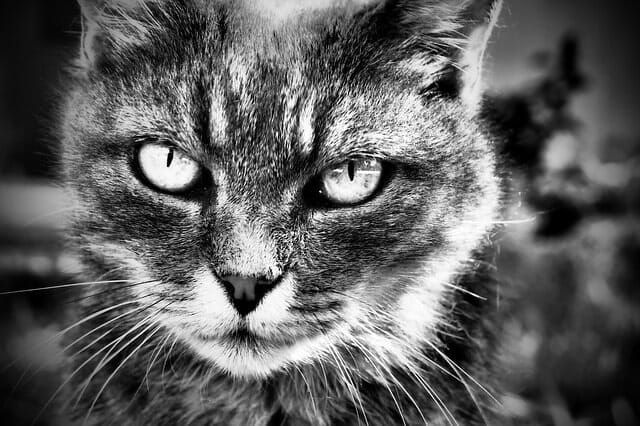
Those small mammals have large eyes, similar to dogs, are produced by evolution, and are the result of the need to hunt these animals. To catch their prey they must have a very agile visual contact on the ground, to identify hiding places and surfaces, jump, run and climb.
In this way, cats are considered to have a field of vision of 200 degrees, while humans see with a maximum field of 180. However, their vision is panoramic, like that of a “fish-eye” or wide-angle photography. When what is in front of them is too close, they are not able to focus correctly and clearly appreciate what it is. This occurs because cats do not have the complex series of muscles and tendons that we have developed in our eyes, which cause the eyeball to focus and readjust the vision of nearby objects.
The Color Perception in Cat
The differences with respect to human vision are that cats at birth have glued eyelids and are blind, the only senses that work for them are touch, smell, and taste. Vision and hearing will work when the puppy is 10 to 15 days old. After a month and a half, they begin to develop their visual perception until they are three months old, which is when they reach their definitive vision.
The cat’s eye has two types of cells which are the Cones and the Rods. Cones are cells of the retina that are receptors to capture light, sensitive to high light intensities and colors (they allow us to see during the day). Cats have two types of cones, unlike humans who have 3 types of cones. That is why they are not able to distinguish well the shades of colors between red and green.
For humans, the red tone is red, but for cats it is yellowish, and green is seen in the gray range, but they are capable of differentiating all the colors located at the ends of the light spectrum, mainly blue and yellow.
Rods are cells in the retina responsible for perceiving movement and vision in the dark. Cats have a greater number of cones compared to humans, which is why they have excellent night vision between 4 and 5 times better than people. Their pupils dilate and especially those of cats that are ragged, their pupils open to the sides having a much larger aperture (three times more than humans), which allows them greater control over the amount of light that enters their eyes. On the other hand, when it is daytime, the iris closes to the maximum, leaving a vertical slot, which can be opened and closed depending on the amount of light.
Cats have a structure called Tapetum Lucidum (which is a layer of tissue located behind the retina), which acts as a mirror reflecting the light that enters the eye so that the cat and the animals that have it (except the human eye, primates, pigs, birds, and squirrels) make the most of the light entering the eye and improve vision in low light conditions. Carnivores such as cats, which hunt at night, need good vision in low light conditions, their Tapetum reflects 130 times more dim light than the human eye. This Tapetum Lucidum is what makes cats’ eyes shine at night or in a photo.
Movement Perception
Cats have an excellent ability to detect movement. They can detect a moving object at a distance of 800 or 900 meters while if the object were stationary they would only detect it at a distance of 500 meters. Because of their speed in perceiving movement with respect to humans, they are able to react quickly.

Cats are even believed to visually identify people by the way they move, rather than their appearance, color, or clothing; they rely much more on their ability to detect movement and olfactory patterns than anything else.
The frequency with which they capture and process images are greater than ours (they see faster than us), that is why cats, for the purposes of our perception, are as if they were seeing in slow motion and that makes them much more effective when calculating moving object so distances are always in the right place to catch an object that is thrown into the air or to hunt prey.
When projecting a film, people, due to the capacities of our sight, need a certain number of images per second to perceive them as a continuous sequence, on the other hand, cats need a greater number of images per second to perceive them as a sequence, their eyes are faster than ours and see gaps between each frame. They will not see a sequence, they will see a kind of non-continuous image passes.
Cat’s Visual Field
It is the space that the eyes see. The shape of the head and the position of the eyes of the cat determines the visual field (peripheral vision), as well as the amount of visual field that is seen at the same time by both eyes (binocular vision), necessary to measure correctly the distances and depth perception.
Predators, such as cats, have their eyes close to each other, and species that fulfill the role of prey tend their eyes towards the sides of the head since this gives them a greater visual field to see a predator lurking.
A cat’s field of view is 200 degrees, compared to 100 degrees for humans. Their peripheral vision is 10 degrees warmer than humans. But the binocular field of view of cats is 85 degrees, unlike humans which are 120 degrees. The different shapes of the eyes and the implantation of these in the head of cats vary greatly from one breed to another.
So, the cat’s gaze is designed to see well only at a distance and in the dark, but it is very difficult for them to see something close. Fortunately, nature gave them another quality: their whiskers. To detect objects that are close to its body, the cat uses its whiskers, which serve as an extension of its sense of sight to detect prey.
As you can see, cats can see colors, they perceive blue and yellow, although they cannot see red, orange, or brown. On the other hand, cats can see six to eight times better than we can in the dark, and, like other animals that evolved to hunt at night, cats have a tapetum lucidum, a reflective layer of tissue that bounces light. It strikes the back of the eye through the retina for a second chance to be absorbed by the eye rods. This is also what gives them those terrifying bright eyes in the photos we take with flash.
Related Posts
- Why Does My Dog Keep Sneezing?
- What Colors Can Cats See? (Everything You Need To Know)
- Why Do Cats Chase Their Tails? (The Fact May Surprise You)
- Why Do Cats Like Fish? (The Fact May Surprise You)
- Keeping Komodo Dragon as Pet (Know All PROS and CONS)
- Why Do Dogs Have Tails? (The Fact May Surprise You)
- Keeping Mink as Pet (Know All PROS and CONS)
- Spider Monkey Pet (Everything You Need To Know)
- Keeping Moths as Pets (All You Need to Know)
- Why Do Dogs Get Hiccups?
